So you say you like chords?
How many do you know?
It might be more than you think.
That is, if you know where to look.
This is one of the most common chords in the world of guitar playing.
It is a Major barre chord.
You can play it at any fret.
For now, let’s play it at the VIII fret, which means it is a C Major barre chord.
We’re going to take a look at all the chords that live inside of this barre chord.
You might be surprised that there are twenty other chords that have been sitting here all along… twenty chords that you can use to make art with!
(sorry for that dangling preposition)
Right now, your brain is probably use to dealing with the individual notes in a chord as locations based on the string & the fret they are located on, as well as their proximity to one another. These notes also form shapes for you brain to relate to visually.
Oh, how the brain loves shapes & patterns.
But you know what?
Each of those notes has a number name & and letter name, and in order to manage the details of a chord, you need to know these names & numbers.
Do not concern yourself with what it all means just yet. Just pay attention to each note’s number name & letter name. Simply consider these numbers & letters to be convenient handles that enable you to keep track of & to organize each note. Comprehension will come later.
Important!
The letter names are different at each fret you play the chord, but the number names are the same no matter which fret you play the chord!
Hey! I call, “Time out”!
We interrupt this blog for an important crash course in chord theory.
I promise you I’m going to keep it simple.
Are you ready?
Fear not the music theory!…
The Major Triad has three notes in it: the 1st, 3rd & 5th of a major scale.
In the key of C Major, the Major Scale is:
C D E F G A B
1 2 3 4 5 6 7
So, a C Major Triad is:
1 = C
3 = E
5 = G
Heads up! The 1 of the scale is also known as the root or tonic.
So far, so good.
Here’s another important term:
voicing = the arrangement of notes in a chord
Every chord you ever have or ever will play is a voicing.
On the guitar, there are myriad voicings for any chord.
Some of you might already know the basics of music theory … or beyond. But if you’re new to music theory, remember that it usually takes multiple exposures to new concepts for the brain to fully digest them. So consider this one of your exposures to the fundamentals and that it will bring you ever closer to total comprehension.
Okay! “Time in!”
Alrighty now, back to our barre chord…
It has three 1s, one 3, and two 5s in it.
Doublings & tripling notes makes for a nice full voicing.
Humans love full voicings & this is a good solid one.
But we like voicings that are smaller too.
Remember, in art, contrast is good!
There are twenty more voicings that are made up of different combinations of 1s, 3s, & 5s from the full barre chord.
What follows are all the possible voicings that are inside of this barre chord…
Here they are as shapes…
Here they are with their numbers…
And, here they are with their letters…
(remember, these letters are what the notes are when you play the chord at the VIII fret)
All of these chords that reside in the Major barre chord are different voicings of a major triad.
For these examples, each voicing will have at least one 1, one 3 & one 5 in it.
(since there is only one 3rd in the full barre chord, each of the 20 voicings has that note in it,
on the third string.)
Okay- it is entirely possible for you to play around with these chord voicings & not know what all the theory means right away.
You’re going to have to trust the process here and if you keep at it, the concepts with eventually materialize for you & then it will begin to have a profound effect on your playing.
Spend some time playing each of these chords on your guitar. Maintain an explorative mind & just experience the look, the feel & the sound of each chord voicing. Allow your brain to soak in this information.
I suggest choosing one key and playing each shape in that key. Once, you’ve gotten your bearings, do the same thing in another key, at another fret.
For some of you, this might be the first time you’ve ever looked at chord shapes and combinations of notes that are numbered & lettered.
I highly recommend pursuing a grasp of basic music theory so that you can manage the notes you are using to make music.
It is the stuff of future blogs to address what exactly you can do with all these voicings.
Until then, you can get in touch with your creative self and explore.
You’re an artist! And that’s what artist do!
PS-
Please understand that I understand that I’ve left out a considerable amount of music theory information in this article. That’s what a “crash course” is!
This was necessary to keep the article concise. Again, this article is intended to be an introduction &/or reinforcement of the basic concepts of chord voicings.
PSS-
Fingering? Where the heck is the fingering?!
Ah, do not panic my little friend.
I left the fingering off purposefully so that you could try out different approaches. Experimenting is very good for your guitar playing.
Don’t forget to consider that you can merely hold the full barre chord and use your right hand fingers to play only the strings you want to play. Or, you could be creative with fingerings approaches. (“Hey you! Thumb! Why are you just hiding out behind the neck?… Why don’t you hold down the 6th string for me, huh?!”)

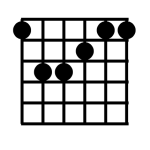
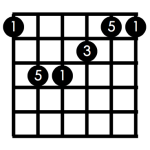
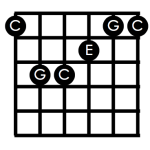
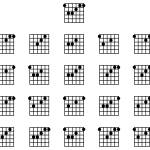
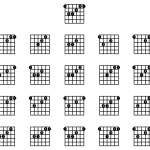
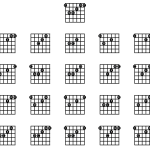
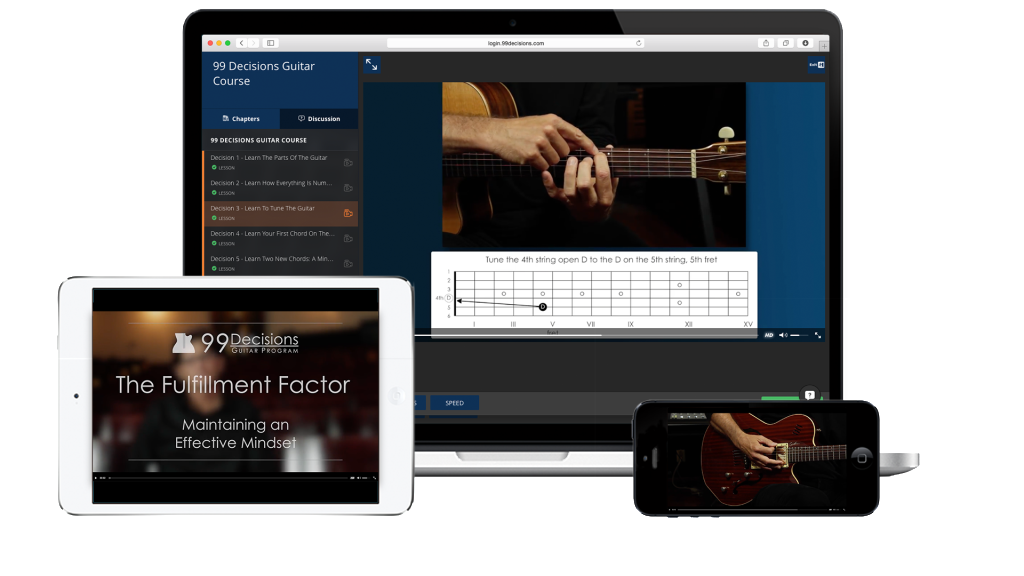

Leave A Response